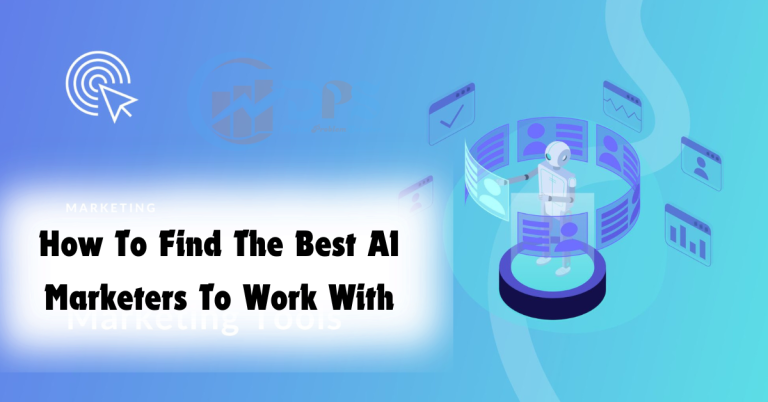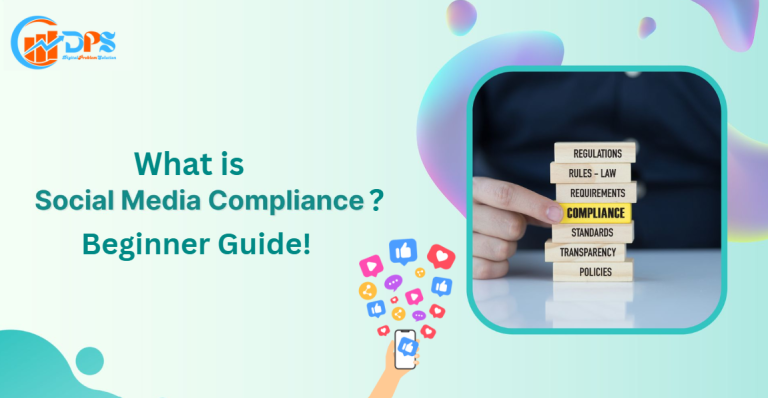Big Website Failure!
7 Big Websites That Failed (And Find Out The Reasons Why)
Social Share

7 Big Websites That Failed (And Find Out The Reasons Why)
In the fast-paced world of technology and online business, not every website or platform can stand the test of time. Despite being backed by big names or innovative ideas, some websites ultimately fail to gain traction or sustain their popularity. In this article, we will delve into the stories behind 7 big websites that failed spectacularly and explore the reasons why they couldn’t survive in the digital landscape.
MySpace: A Rise and Fall
MySpace, once a leading social networking platform before the era of Facebook, saw a monumental rise in the mid-2000s. With customizable profiles and a music focus, it attracted millions of users worldwide. However, poor management decisions, cluttered interfaces, and a failure to adapt to changing user preferences led to its downfall.
Reasons for Failure:
Lack of innovation and failure to keep up with evolving user expectations.
Losing focus on core features that made it popular in the first place.
A decline in user trust due to data privacy concerns and intrusive advertising.
Digg: The Dangers of Redesign
Digg was a pioneering social news website that allowed users to submit and vote on content. After a controversial site redesign in 2010, aimed at attracting more mainstream users, the platform lost its loyal community and ultimately faced a significant decline in traffic.
Reasons for Failure:
Ignoring the preferences and feedback of existing users during the redesign process.
Failing to maintain a balance between innovation and consistency in user experience.
Underestimating the impact of competition from emerging platforms like Reddit.
Vine: Six Seconds of Fame
Vine, a short-form video hosting service that popularized the concept of looping videos, gained immense popularity for its creative content. However, despite its initial success, the platform struggled to monetize effectively and faced challenges in retaining both creators and users.
Reasons for Failure:
Inability to attract and retain top creators due to limited monetization options.
Strong competition from larger social media platforms offering similar video features.
Failure to adapt to the changing landscape of online video consumption habits.
Friendster: The Pioneer Before Facebook
Friendster was one of the earliest social networking sites, paving the way for the likes of Facebook and MySpace. However, technical issues, slow loading times, and a failure to scale effectively hindered its growth and pushed users towards more advanced platforms.
Reasons for Failure:
Technical infrastructure limitations leading to frequent downtimes and performance issues.
Inadequate scalability to accommodate the exponential growth of users.
Losing relevance in a rapidly evolving social media landscape.
Bebo: The Rise and Fall of a Teen Sensation
Bebo, a social networking platform with a strong teenage user base, enjoyed popularity for its easy-to-use interface and interactive features. Despite being acquired by AOL for a hefty sum, Bebo failed to sustain its initial success and eventually shut down.
Reasons for Failure:
Neglecting the importance of mobile compatibility and cross-platform integration.
Ineffective strategies to leverage user data and personalized advertising.
Poor decision-making by parent companies leading to a lack of clear direction for the platform.
Google Glass: The Vision That Didn’t Take Off
Google Glass, a wearable technology offering augmented reality features, generated significant hype upon its announcement. However, concerns over privacy, practicality, and high pricing limited its adoption and eventually led to its discontinuation as a consumer product.
Reasons for Failure:
Misaligned marketing messaging that alienated potential users and created privacy fears.
Limited use cases and lack of clear value proposition for mainstream consumers.
High pricing and exclusivity that restricted widespread adoption and market penetration.
The stories of these 7 big websites that failed highlight the importance of staying relevant, listening to user feedback, and adapting to the ever-changing demands of the digital landscape. While these platforms may have had promising starts, their ultimate downfall serves as valuable lessons for aspiring entrepreneurs and established companies alike. By learning from their mistakes and embracing innovation, businesses can increase their chances of long-term success in the competitive online space.
“Innovation is the lifeblood of any successful venture, but understanding your audience and meeting their needs is equally crucial.”
External Link for Reference: Reasons Why Big Websites Fail
Now you have an insightful look at the failures of these once-prominent websites, it’s time to evaluate your own website strategy and ensure you’re not making the same mistakes.
- admin
- November 29, 2023
- 5:01 pm
- 3 Comments
Share This Article on Social Media
Facebook
Twitter
LinkedIn
Reddit
Email
Recent Topic
Finding Best Ai Marketers How To Find The Best AI Marketers Social Share How To Find The Best AI Marketers: A Guide To...
Top News
Weekly News
















3 thoughts on “7 Big Websites That Failed (And Find Out The Reasons Why)”
Thank you for your sharing. I am worried that I lack creative ideas. It is your article that makes me full of hope. Thank you. But, I have a question, can you help me?
Of course, I’d be happy to help! Feel free to ask your question, and let’s see if we can brainstorm some creative solutions together.
I don’t think the title of your article matches the content lol. Just kidding, mainly because I had some doubts after reading the article.